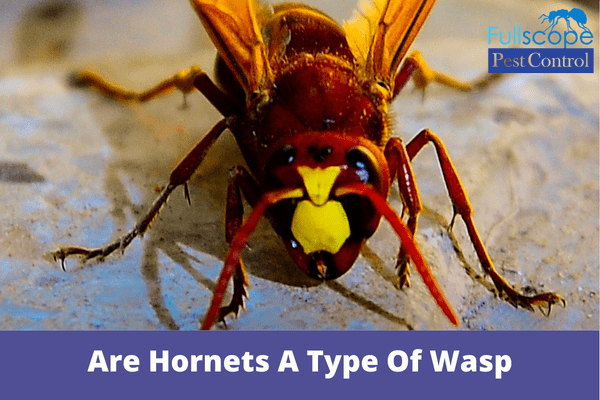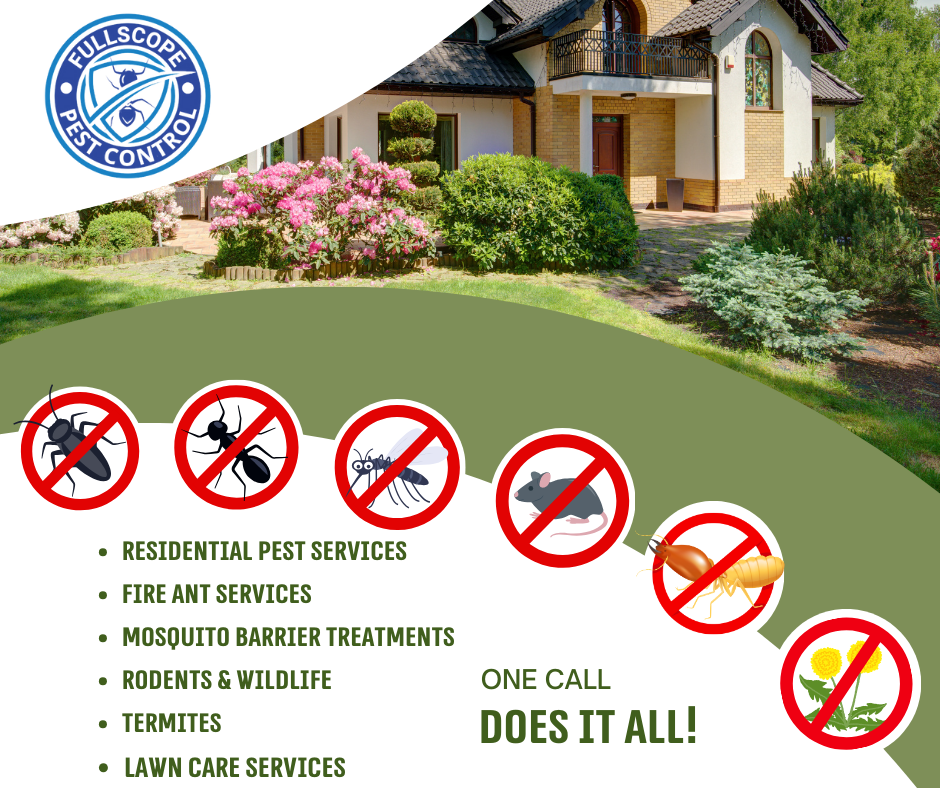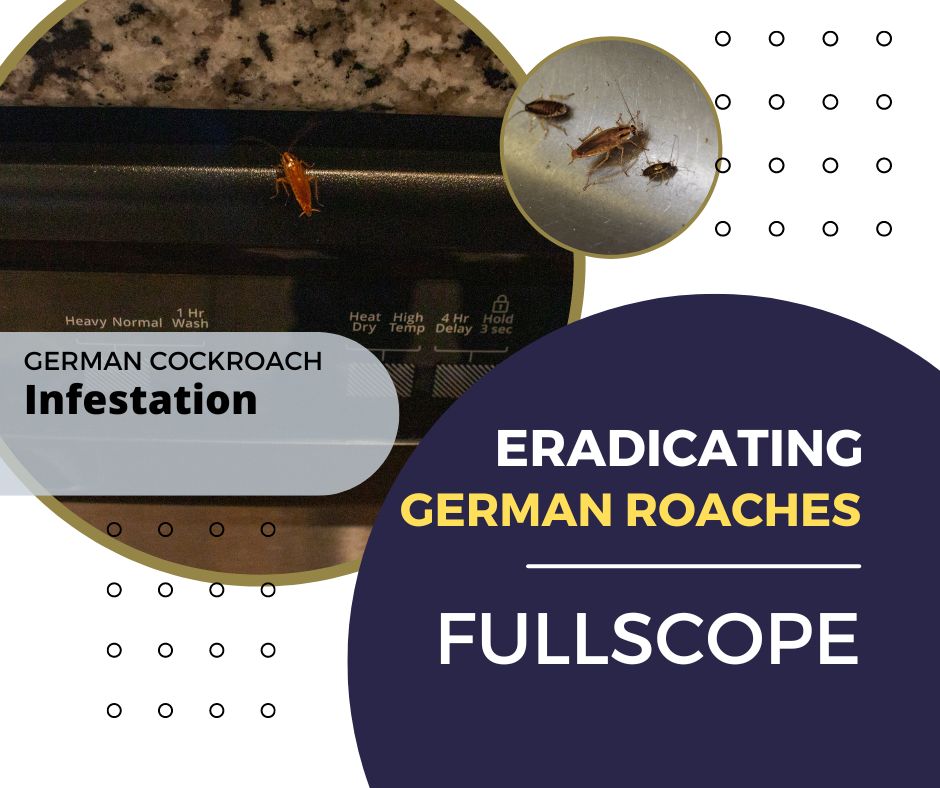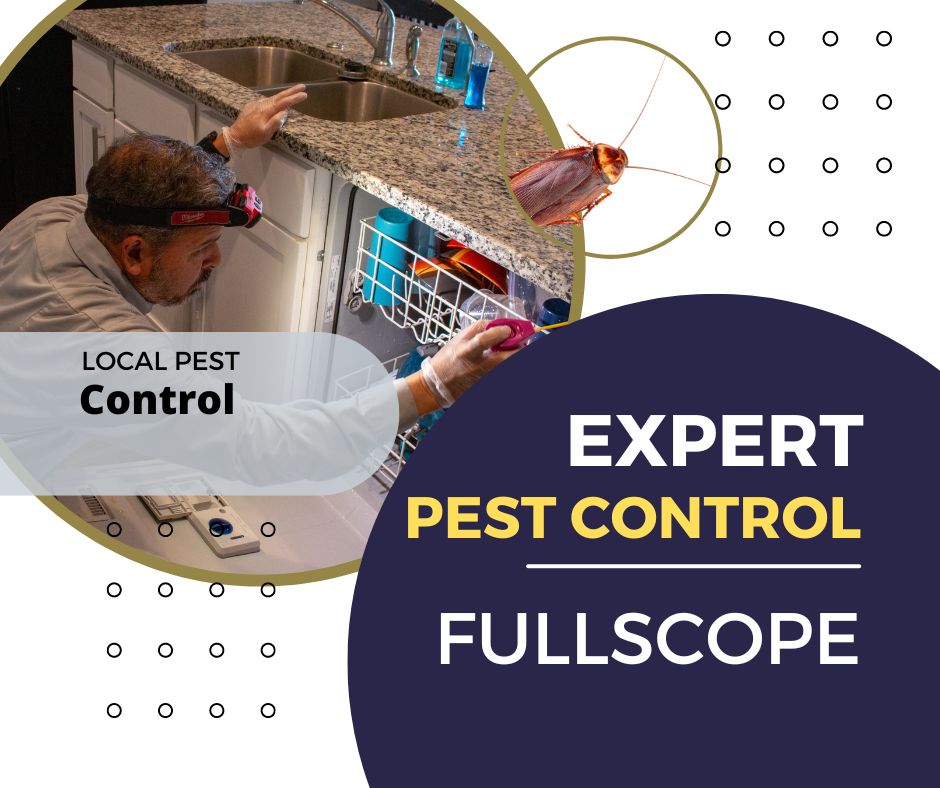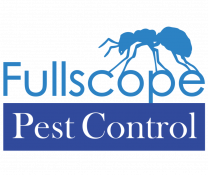Homeowners should be aware of their winged and stinging neighbors to better appreciate the biodiversity on their property and identify any potentially dangerous insects. There are some very substantial differences between wasps and hornets, even though they are commonly confused with one another.
All Wasps Are Hornets, But Not All Hornets Are Wasps
A hornet is just a different species of wasp. Most of those found in the United States are closely related to the well-known yellow jacket wasp. The European, or giant hornet, is the most prevalent. The smaller bald-faced hornet, and the sand hornet (also known as the cicada killer), less frequently observed since it lives in underground tunnels, are the three varieties of hornets typically found in North America.
Wasps Are Brighter, Whereas Hornets Are Larger
Let’s clarify that size seems to be the main point of discussion regarding the wasp vs. hornet debate. The European hornet is likely to come into contact with most people. It can go up to an inch long, double the length of a yellow jacket wasp or another common wasp in North America, the paper wasp.
Hornets typically have duller coloring, with stripes of brown and yellow. The black and white head gives the bald-faced hornet its name. Wasps called “yellow jackets” are significantly more colorful and have noticeable black and yellow stripes. Paper wasps are less bright and can have red patches. In flying, paper wasps are simple to spot. The legs dangle because they don’t pick them up like wasps and hornets.
Both Are Regarded As Advantageous, Predatory Insects
Many people grab for an aerosol spray to kill hornets or wasps when they encounter them, but there are strong reasons not to if it is possible to prevent it.
Hornets and wasps in the yard should make gardeners very happy. Many different wasps are effective pollinators because they similarly consume nectar to bees. Wasps and hornets are equally effective predators, eliminating caterpillars and aphids. Wasps may not destroy these pests, but their larvae are fed them. Bees do both.
More than most people understand, hornets and wasps have a much more significant effect on our ecosystem.
When Threatened, Hornets Become More Aggressive
The largest of the wasps, hornets, are inherently more aggressive when their nest is threatened and have a more painful sting. However, there is a misconception that hornets are constantly becoming more hostile by nature. That is not the situation. When left alone, hornets are generally calm.
The wasps that are most likely to sting you are yellow jacket wasps. It’s interesting to note that while yellow jackets can be a nuisance when dining outside, hornets and carnivores aren’t drawn to sweet beverages or picnic contents. More About Can Dog Brings Bed Bugs For Outside
Final Thoughts
Because of their sting and swarming tendencies, wasps and hornets are feared. The stings of many wasps can be excruciating, and they are often reasonably aggressive. There’s no substitute for expert assistance when dealing with hornets or more enormous wasp nests. Calling Fullscope Pest Control is much less expensive than paying for an emergency room visit when hundreds of angry wasps sting you at once, which is a recipe for hospitalization or even death.

